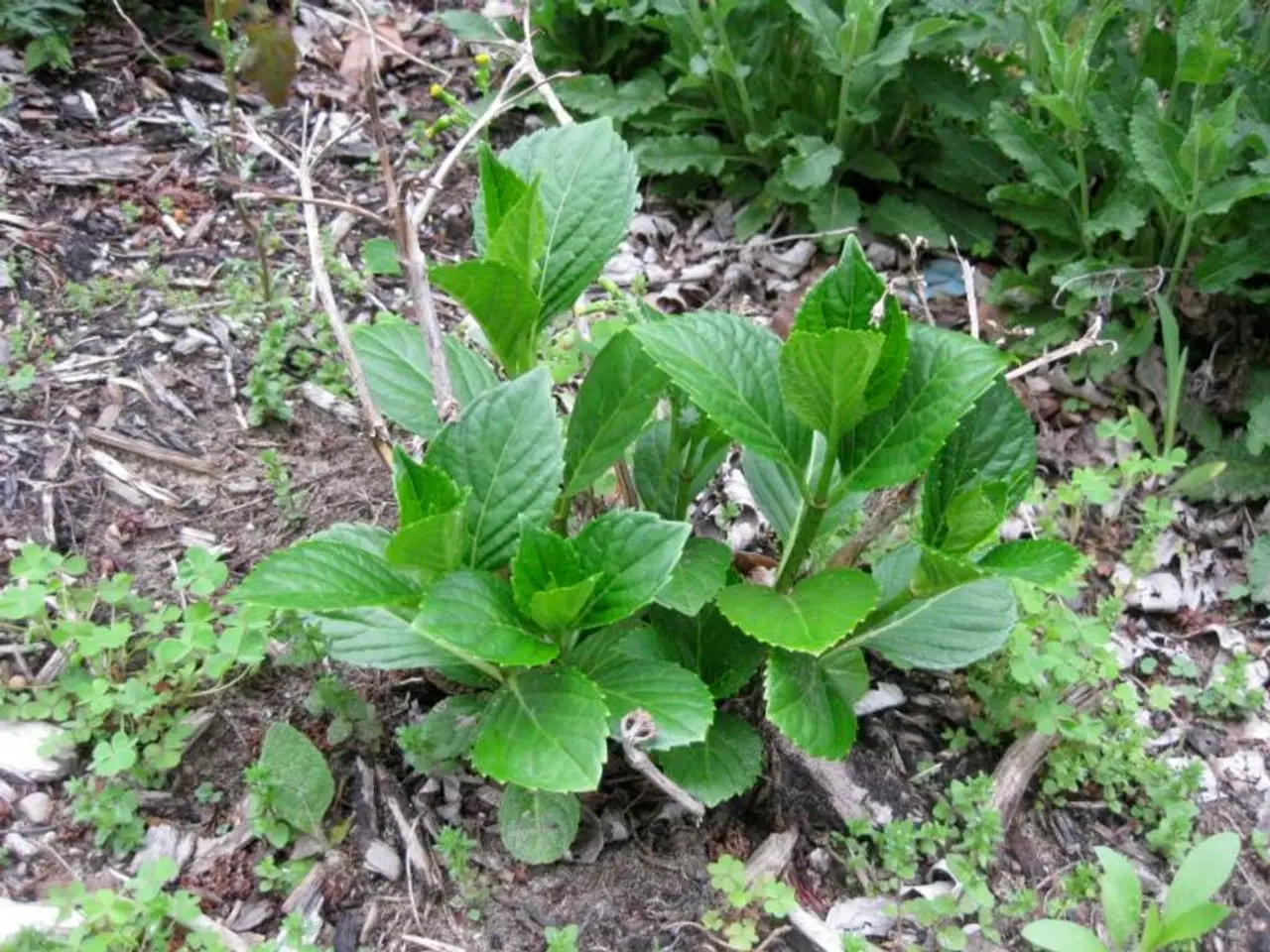Guidance on Incorporating Wild Herbs Securely into Your Meals
Incorporating wild herbs into your meals can be a great way to enhance nutrition and overall wellness, as these natural plants are often richer in vitamins, minerals, and antioxidants compared to their cultivated counterparts. Here's a step-by-step guide on how to correctly identify, prepare, and safely use these herbs in your cooking.
Identifying Wild Herbs
- Research and Consult Guides: Start by researching the characteristics of the wild herbs you are interested in. Use books, online resources, and apps like "Wild Edibles Lite" to learn about their leaf shapes, flower patterns, habitats, and potential toxic look-alikes.
- Observe Throughout the Year: Visit the plants at different times of the year to see how they change during various seasons. This helps in understanding their growth patterns and identifying them more accurately.
- Use Botanical Identification Keys: For precise identification, especially for atypical plants, use a botanical identification key. This requires patience and basic botanical knowledge.
Preparing Wild Herbs
- Clean and Inspect: Before consumption, ensure that the herbs are clean and free of contaminants. Rinse them gently with water, especially if they are to be used raw.
- Prepare Raw or Cooked: Some herbs can be used raw, while others might be better when cooked. Experiment with different preparation methods to find what works best for each herb.
- Sprouting and Fermentation: While not directly related to herbs, these techniques can enhance nutrient availability in other foods you might pair with your wild herbs.
Safely Incorporating Wild Herbs
- Avoid Toxic Look-Alikes: Always double-check for any toxic look-alikes and learn how to distinguish them from the safe herbs you want to use.
- Start with Small Amounts: Begin by using small amounts to check for any adverse reactions, especially if you are new to using wild herbs.
- Blend with Other Foods: Combine wild herbs with other ingredients to enhance flavor and nutritional value in your meals.
- Preserve for Later Use: Consider drying or freezing wild herbs to use them throughout the year when they are not in season.
Additional Tips
- Legal and Ethical Considerations: Ensure that you have permission to forage where you are collecting plants, and follow sustainable foraging practices to preserve biodiversity.
- Consult Experts: If you're unsure about a particular herb, consult with experienced foragers or healthcare professionals to ensure safety.
By following these steps, you can safely incorporate wild herbs into your diet, enhancing both flavor and nutritional value in your meals. Remember, it's important to approach foraging with care, as some wild herbs can be toxic or cause allergic reactions if not properly identified or prepared.
Some examples of wild herbs include dandelion, nettle, wild garlic, and red clover, while others like echinacea and elderberry are commonly used for their immune-boosting properties. With careful research and preparation, you can unlock the nutritional benefits of these natural wonders and enjoy their flavors in various ways, such as salads, teas, soups, stews, and smoothies.
[1] "Wild Edibles Lite" - A popular app for identifying wild edibles. [2] "The Forager's Harvest: A Guide to Identifying, Harvesting, and Preparing Edible Wild Plants" - A comprehensive guide by Samuel Thayer. [3] "The Forager's Guide to Wild Foods: Over 130 Delicious and Nutritious Wild Edibles from Docks to Pines" - A guide by Samuel Thayer. [4] "The Wildcrafted Kitchen: Recipes from the Field, Forest, and Farm" - A cookbook by Samuel Thayer. [5] "The Forager's Guide to Fruits, Nuts, and Berries" - A guide by Samuel Thayer.
- Incorporating wild herbs into your diet can improve both flavor and nutritional value; these natural plants, such as dandelion, nettle, and red clover, are often richer in vitamins, minerals, and antioxidants compared to their cultivated counterparts.
- To ensure you're ingesting safe herbs, perform thorough research using tools like "Wild Edibles Lite" or reference books and online resources. Study their leaf shapes, flower patterns, habitats, and potential toxic look-alikes.
- Before consuming wild herbs, clean and inspect them for contaminants, and know whether to prepare them raw or cooked to make the most of their nutritional benefits.
- Safety precautions include using small amounts initially and combining herbs with other foods to alleviate potential adverse reactions. Additionally, preserve wild herbs for later use through drying or freezing when they are out of season.




